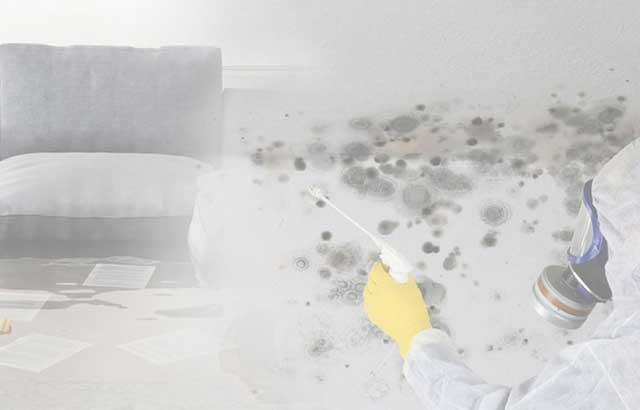Bathroom Water Damage - Ways To Avoid This Happening
Bathroom Water Damage - Ways To Avoid This Happening
Blog Article
Almost everyone has his or her own assumption in relation to Common Causes of Water Damage in a Bathroom.

The restroom is exceptionally susceptible for wet accumulation and also potential water damages because of the frequent use of water in it. This write-up provides straightforward evaluation methods to help discovering water damages risks.
The constant use of water in the restroom makes it exceptionally susceptible for damp build-up and also potential water damages. By evaluating it frequently, you can minimize water relevant damages.
The complying with collection of inspections is simple to carry out as well as must be done as soon as in every 3 months in order to keep your bathroom in good shape as well as to avoid possible water problems brought on by the bath tub, the shower, pipe joints and plumbing, sinks, cabinets, and the bathroom
Do not overlook doing these assessments and also be detailed while executing them. Remember that these straightforward inspections can conserve you a great deal of cash by giving very early signs for water damages
Sinks and also Cabinets
Sinks and also closets are exposed to moisture and humidity daily and are frequently overlooked. Inspect routinely under the sink and on the countertop over it. Fix any drip in the trap as it might recommend drainpipe issues. Browse the sink, sluggish draining pipes may indicate an obstructed drainpipe. Change sink seals if they are broken or loose.
Bathtub and Shower
The shower and also bath tub need special attention and also upkeep. Inspect the ceramic tiles and change if fractured. Make certain that there is no missing grout in between the floor tiles. Examine and change fractured caulking at joints where the wall surfaces meet the flooring or the bathtub. Clogged drains and pipes problems will prevent the bathtub from drying and might show significant troubles under the bath tub. Talk to an expert promptly to avoid structural damage. Take note of discolorations or soft locations around the bath tub wall surfaces as they might suggest an interior leak.
Plumbing
Signs for water damage are tough to find considering that a lot of pipes are installed inside the walls.
Pay unique focus to flooring and walls dampness and also spots as they may indicate an unseen plumbing trouble. Inspect moisture degrees in adjacent spaces as well.
The Commode
The commode is a prone water junction. Examine the water lines as well as search for leaks around the commode seat, in the hose pipe, and under the water container. If you find any type of signs of dampness on the flooring around the bathroom, check for leaks in the toilet edge and tank seals.
Know that hanging bathroom dish antiperspirants enhances the opportunities for blockages.
Water Damage Signs In The Bathroom To Avoid Cleanup
Musty smell
This is one of the easiest signs to catch because musty smells are so odorous. The damp, earthy, moldy smell should be a big red flag. The smell will develop when moisture gets trapped in surfaces, and begins to facilitate mold growth. Leaking pipes under cabinets, inside walls, and behind shower fixtures will cause moisture to stay trapped and not dry, which will lead to mold growth and spread. As soon as you notice any musty smells in your bathroom, have it checked for hidden water damage and cleanup signs.
Visible mold
If the smell isn’t there to give it away, sometimes you will actually see mold growth. Finding mold in your bathroom is a serious problem, because mold is very harmful to your health. By the time mold growth is visible, it also means that water damage has already occurred and been present for some time. The only way the mold problem can be resolved is to find the source of the moisture and get it stopped. To safely and adequately remove mold, you need to have professionals handle the remediation. Do not waste any time in getting mold problems addressed, fixed, and sanitized so that you can protect you and your family from the many respiratory symptoms caused by mold exposure.
Damaged floors
Bathroom floors should be able to withstand some exposure to water while still remaining in good condition. However, when excess exposure or water leaks occur, they will begin to damage even the most water-resistant flooring. If you notice any cracking, bubbling, staining, or warping on your bathroom floors, there is probably a water leak somewhere causing the distortion. If you notice areas of the floor have become softer, or even have a spongy feeling, there is probably damage to the subfloor. Subflooring is typically made up of plywood. When plywood is exposed to water or moisture, it will absorb it. Once it has become saturated, the weight of the excess water will cause the wood to swell and soften. Check the floors in your bathroom frequently to catch any of these sings before they lead to damaged subflooring.
Changes on walls
When water leaks behind walls, it will cause changes in the drywall. Peeling plaster, blistering paint, and soggy wallpaper are all good indicators that excess water is building up behind the wall. Water leaking behind drywall will cause it to swell and be soft to the tough. If you start to notice gaps along the trim of your walls, or where tile meets the wall, it could also be a strong indicator that there is a leak behind the wall. Any changes, distortion, or damage on the walls should be evaluated as soon as you notice it to prevent further water damage and cleanup.

I was shown that report about Common Causes of Water Damage in a Bathroom from a good friend on another web address. If you please take the time to share this blog posting if you appreciated it. Thanks for your time. Visit again soon.
Information Here Report this page